The next step was to contact an English firm well known to us, Pace Products of Cambridge who, Robert said, were extremely helpful in determining the specification for the system. After selection of components suitable for the Fulvia 1300 engine, eventually all was completed. Here are some more pictures. The first shows the pump mounted on the engine; as may be seen it is driven by a toothed belt from the crankshaft. The second shows the pump in place on the engine (in the car) whilst the last shows a more general view including the hydraulic clutch (see below). Sharp-eyed readers will note that Robert has opted for an Integrale oil filter; if this doesn’t register with you then read “Fulvia Thoughts II” on this blog!
WHY DRY SUMP?
I encouraged the dry-sump approach partly because I remembered that another Fulvia specialist, Peter Gerrish, told me that he had obtained an additional 5 bhp on a modified 1600 engine just from the addition of a dry-sump system. It seems that the Fulvia engine does suffer quite considerable pumping losses and of course the standard crankcase breathing arrangement is really rather crude and certainly inadequate – hence the additional breathers fitted to the works rally cars. By reducing crankcase pressures and the quantity of oil adhering to the crankshaft, power is saved and the oil is no longer exposed to combustion by-products and general “thrashing”. Furthermore there is no risk of oil starvation at high cornering speeds, an important point in a mid-engined car with a low centre of gravity, plenty of grip - and a determined driver in charge. I would expect the overworked centre main bearing to last longer with a dry sump system!
In general, as far as I know, the engine is not greatly modified. The head has had a little work I recall, but I would think that the dry sump and the excellent exhaust system together could be worth perhaps 10 bhp and most likely with improved torque. Considering the low weight of the complete car I would expect it to go very nicely indeed – in fact Robert says that it “feels quick”.
CLUTCH
As most of you will know, the Fulvia’s clutch is operated by means of a cable. Whilst this works, I have never liked it much, especially since I once had one snap late one night, at the weekend naturally. Certainly on right-hand drive cars there are two fairly tight curves, which with the passage of time often cause rather a sticky or at least heavy, action. On my own car I have replaced the cable with a solid rod, which is a revelation – and of course unbreakable.
It was obvious after a moment’s thought that a cable would be a very poor solution for Robert’s car; the necessary curves would have made the operation very poor. I suggested that the only possible solution was an hydraulic system. Whilst there is limited room for this approach on the Fulvia’s bellhousing, Robert with his usual ingenuity managed it. The slave cylinder, mounted on top of the bell housing actuates a modified original clutch arm. The third of the pictures above shows the arrangement.
To be concluded.




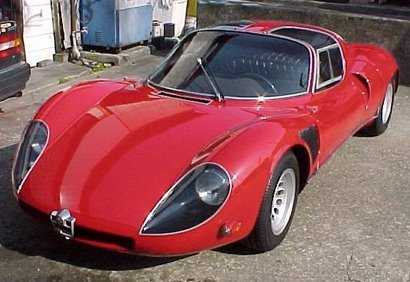
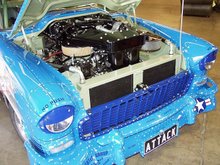
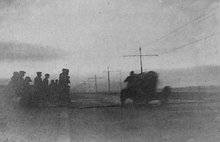



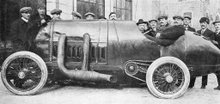


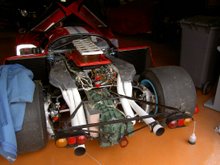

4 comments:
Wasn't it the original 1C fulvia saloon which had a rod operated clutch?
Possibly it did have: but the Flavia was first!
Nice project!
How is it going so far??
We just finished a fulvia 1600: http://www.youtube.com/watch?v=u7Qy77Fnb68
Greetings from the netherlands
Tobias
Thanks for the comment Tobias; the owner sold the special some time ago so I've lost track of the story.
Your 1600 engine sounds excellent; 180NM is a very high torque output for a 1600, but surely not at 6600rpm?
Post a Comment